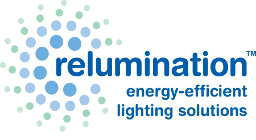The new incandescent light bulb law will be effective in less than a year. After doing a quick search on the internet, there still seems to be a bit of confusion about what exactly will happen on January 1, 2012, when it comes to incandescent lamps. Will the government be banning the lamps, or will they just not be manufactured anymore, or will they still be allowed in homes? We’re here to shine some light on the Energy Independence and Security Act of 2007 with some help from a Seattle Times article titled, “Shedding Light: New Bulb Law Goes Into Effect in 2012.”
The Energy Independence and Security Act was passed in 2007 by President George W. Bush to cut electricity consumption in the United States. With the passage of this law, incandescent lamps that consume too much energy will be phased out over the next few years. And using the word “ban” is not accurate, either. The government isn’t necessarily banning incandescent lamps, but is just limiting the amount of energy they consume. You can keep the ones in your home right now, but you won’t be able to purchase some of them after 2012. This law applies to 40-watt, 60-watt, 75-watt, and 100-watt lamps.
Also, all lamps will have a lighting facts label printed on them, which will start sometime later this year, and you can compare how many lumens are being produced in comparison to other lamps. Don’t be scared off by the prices of the efficient lamps, because they end up being cheaper to use! According to the U.S. Department of Energy, incandescent lamps cost $4.80 a year to run, halogens cost $3.50, CFLs cost $1.20, and LEDs cost a measly $1.00! Take this opportunity to replace your incandescent light bulbs with LEDs; it will save you money in the long run!





